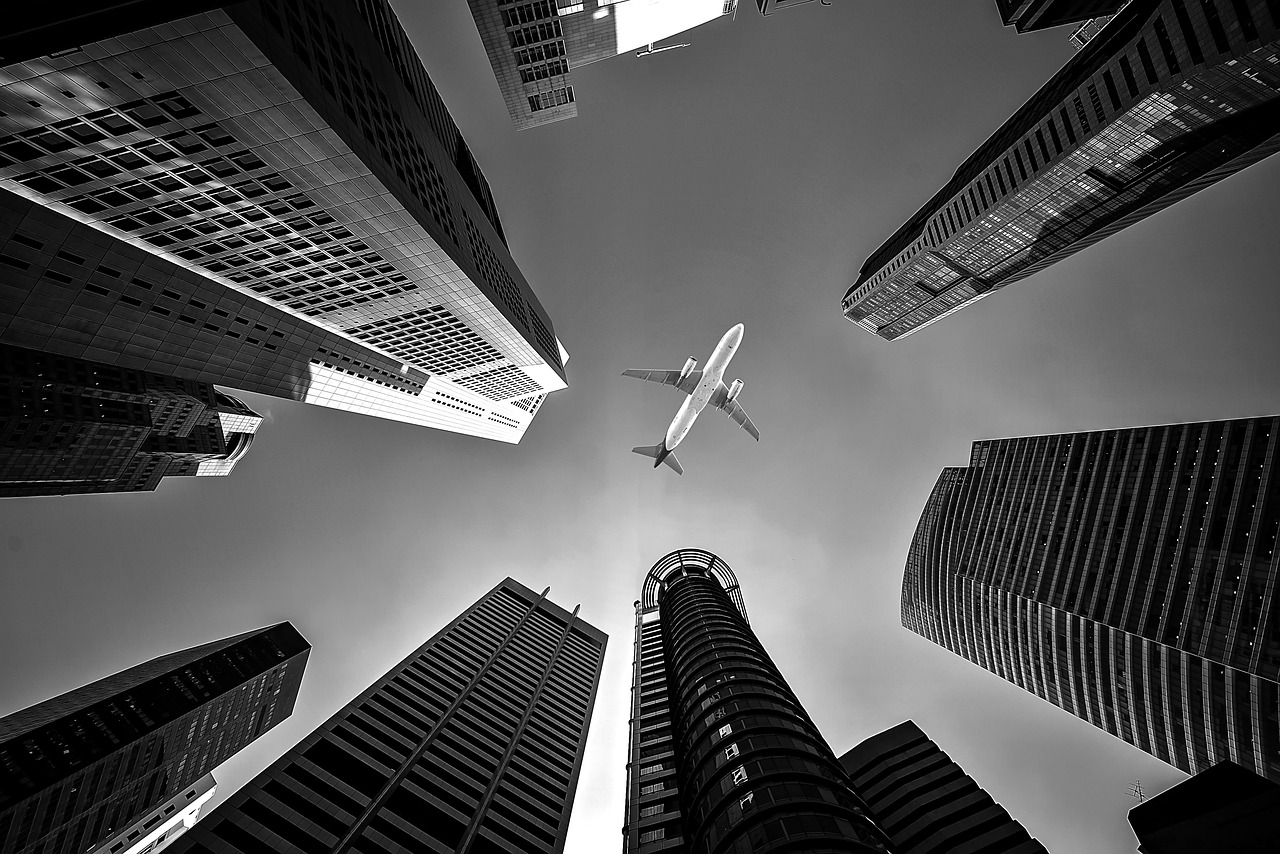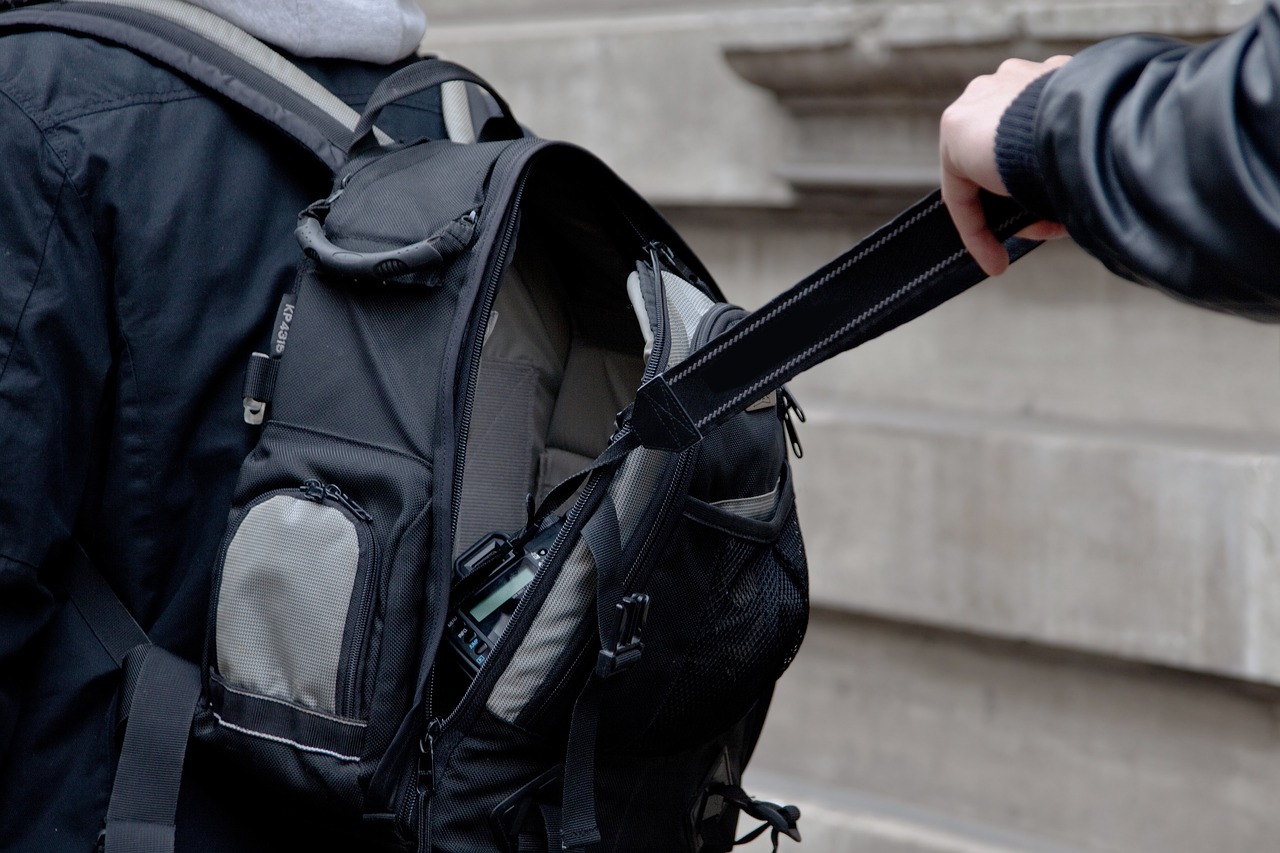Fear of flying, or aviophobia, affects a significant percentage of the population. It’s estimated that as many as one in five people experience some level of anxiety related to air travel. Despite the well-known fact that flying is the safest mode of transportation, fear of flying can be a significant barrier to enjoying the wonders of international travel. This article aims to provide you with a comprehensive guide to overcoming your fear of flying, enabling you to make the most of your future travel experiences.
Understanding Fear of Flying
To overcome the fear of flying, it’s important first to understand its causes. Fear of flying can be attributed to various factors, including:
- Fear of heights (acrophobia)
- Fear of enclosed spaces (claustrophobia)
- Fear of loss of control
- Fear of turbulence or fear of crashing
- Fear of terrorist attacks or hijackings
- Fear of flying over water
- Past traumatic experiences related to flying
Understanding the specific aspects of flying that trigger your fear can help you address them more effectively. It’s essential to recognize that fear of flying is a normal and natural response to a situation that may feel unnatural to many people.
Strategies for Overcoming Fear of Flying
- Educate Yourself
One of the most effective ways to combat fear is through knowledge. Understanding the safety of air travel, how planes work, and what to expect during a flight can help alleviate anxiety. Familiarize yourself with the mechanics of flight, safety records of airlines, and the extensive training pilots undergo. Recognize that turbulence, while uncomfortable, is a normal part of flying and rarely leads to accidents.
- Gradual Exposure
Gradually exposing yourself to the experience of flying can help build your confidence. Start by visiting an airport, watching planes take off and land, and familiarizing yourself with the sights, sounds, and sensations of air travel. Next, try taking short flights with a trusted companion, progressively increasing the distance and duration of your flights as you grow more comfortable.
- Breathing Techniques and Mindfulness
Deep breathing exercises and mindfulness techniques can help you stay calm during a flight. One popular method is the 4-7-8 technique: inhale for 4 seconds, hold your breath for 7 seconds, and exhale for 8 seconds. Repeat this process until you feel calmer. Mindfulness exercises, such as grounding yourself by focusing on the physical sensations in your body or engaging your senses, can also help you stay present and minimize anxiety.
- Professional Help
If your fear of flying is particularly severe, consider seeking help from a mental health professional, such as a psychologist or therapist specializing in anxiety disorders. Cognitive-behavioral therapy (CBT) has proven to be an effective treatment for various phobias, including the fear of flying. A professional can help you develop coping strategies and address the root causes of your fear.
- Flight Simulator Experiences
Flight simulators can provide a safe and controlled environment for you to become more familiar with the experience of flying. Many aviation training centers offer flight simulator sessions, some even designed specifically for those with a fear of flying. These experiences can help you acclimate to the sensations of air travel and understand how pilots navigate various in-flight situations.
- Use Distractions
Distractions can be a powerful tool in managing your anxiety during a flight. Bring a book, watch a movie, listen to music, or play games on a portable device to keep your mind occupied. Engaging in activities that you enjoy can help divert your attention from your fears and make the flight more enjoyable.
- Medication
In some cases, medication may be a suitable option to help manage your fear of flying. Anti-anxiety medications, such as benzodiazepines, can provide short-term relief from anxiety symptoms. Speak with your healthcare provider about the potential benefits and risks associated with using medication for this purpose. Keep in mind that medication should be used in conjunction with other coping strategies, rather than as a standalone solution.
- Join a Support Group
Connecting with others who share your fear of flying can provide a sense of camaraderie and help you feel less isolated in your struggle. Support groups offer a platform for individuals to share their experiences, discuss coping strategies, and provide encouragement. Some organizations, such as the Fear of Flying Clinic and SOAR, offer specialized support programs tailored to individuals with aviophobia.
- Practice Relaxation Techniques
Relaxation techniques, such as progressive muscle relaxation and guided imagery, can help you achieve a sense of calm during your flight. Progressive muscle relaxation involves tensing and releasing muscle groups throughout your body to promote physical relaxation, while guided imagery encourages you to visualize calming, peaceful scenarios. Practicing these techniques before and during your flight can help manage anxiety and create a more comfortable flying experience.
- Focus on the Destination
Instead of dwelling on the fear of flying, shift your focus to the exciting and rewarding experiences awaiting you at your destination. Visualize the people you’ll meet, the sights you’ll see, and the memories you’ll create. By concentrating on the positive aspects of your trip, you can create a sense of anticipation and motivation to overcome your fear of flying.
Conclusion
Overcoming the fear of flying may be challenging, but it is not insurmountable. By understanding the roots of your fear, educating yourself about air travel, and employing effective coping strategies, you can conquer your aviophobia and unlock the countless opportunities that await you in the world of travel. It’s essential to be patient with yourself and to recognize that progress may be gradual. With persistence, determination, and the right tools in your arsenal, you can overcome your fear of flying and truly embrace the freedom of the skies.



